James Ellis Ford: "My desert-island synth would be my ARP 2600. I use that on literally everything I do!"
Hamish Mackintosh catches up with the Simian Mobile Disco founder turned in-demand producer for Arctic Monkeys, Depeche Mode and more
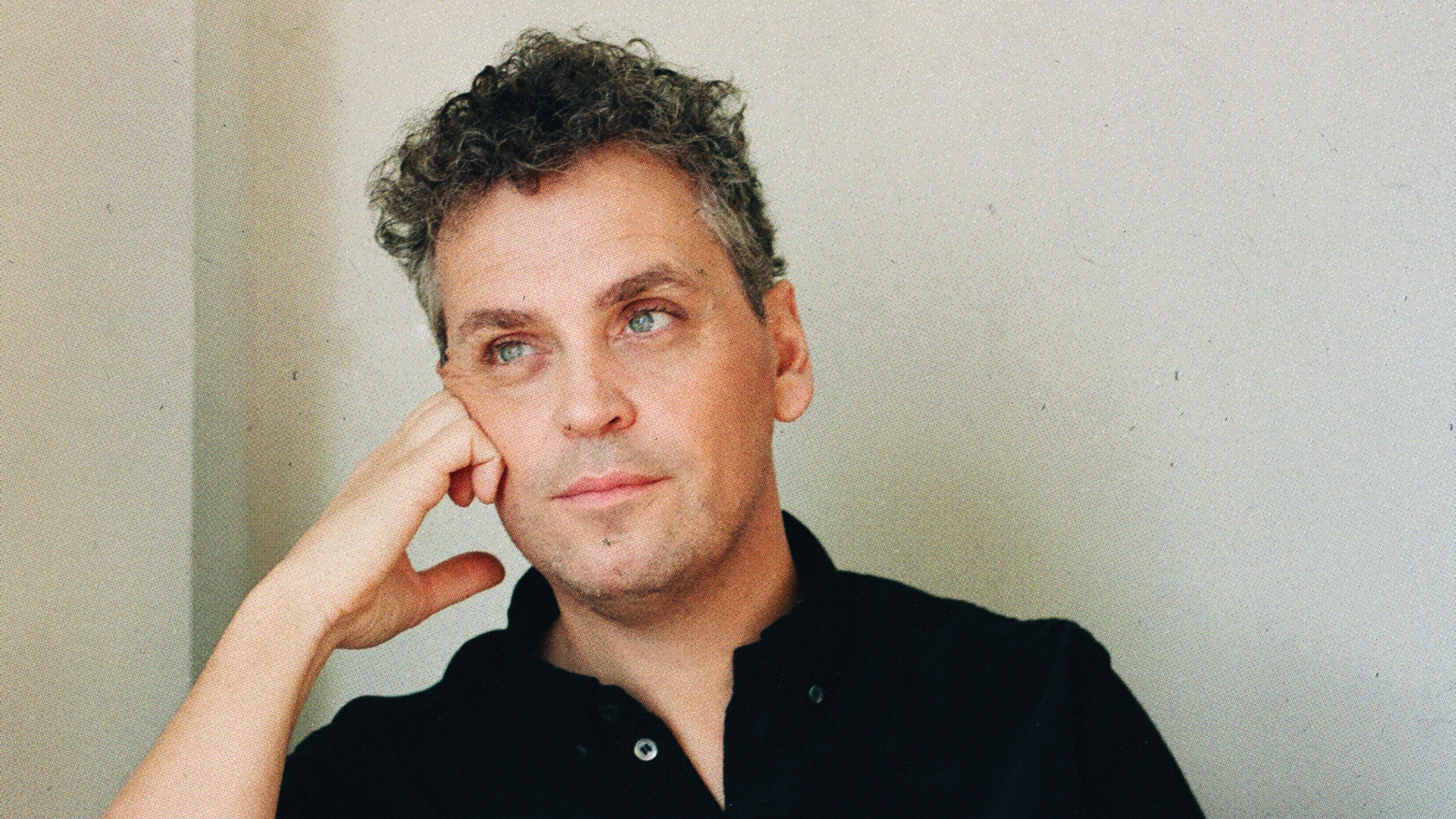
As if being 50% of the wondrous Simian Mobile Disco (along with Jas Shaw) wasn’t enough to have on your CV, James Ellis Ford has applied his considerable production and mixing talents to myriad artists such as Arctic Monkeys, Depeche Mode and Gorillaz to name but three. Perpetually in demand, Ford decided to carve out some ‘me’ time and the result is wonderful debut solo offering, The Hum.
The Hum is an immersive, laid-back, radiophonic joy of an album. Pieced together in his home attic studio using what can only be described as some seriously cool outboard and equally cool studio know-how, The Hum sees Ford let his own imagination run free and what a glorious thing that turns out to be. Tape-loops, drones, drums and vintage synths are employed (and all played) by Ford, as well as debuting his lyrical and singing prowess, too.
MusicRadar joined Ford in his bespoke attic of many delights to find out what motivated him to fly solo on The Hum, talk us through his Aladdin’s cave of amazing vintage gear and get some insight into the techniques that have seen him evolve into one of the most in-demand producers in the UK. Obviously, if he ever needs somewhere to safely store that beautiful Maxi-Korg then we would be more than happy to oblige…
The phrase ‘hidden in plain sight’ is used to describe you in the press release, does it feel strange to be going centre stage with this solo album?
“Yeah, I think it does feel strange [laughs], and I’m still kind of questioning why I’m doing it! The thing is that the bit I love is always the studio bit and making the music. Often, people come through to work with me and I almost pity them when they have to go off and promote their stuff with all the travelling, gigs and stuff. I’m very content in my little world of making records.
“For some reason, this time, I had the space and, for some reason, the impetus to finish off a record on my own, for myself. I enjoyed that so when I was happy with it, I tentatively let it out to a few friends and then it became a real thing so now I’m having to do all the bits. I have some shows lined up and I still find that pretty terrifying!”
You’ve played live lots with SMD, but this might be a new experience for you actually fronting a band?
Get the MusicRadar Newsletter
Want all the hottest music and gear news, reviews, deals, features and more, direct to your inbox? Sign up here.
“Yeah, I’m essentially quite a low-key guy; fairly shy in a lot of ways. I’m confident in the stuff that I do, but being centre of attention thing is a different thing and it’s not my favourite place to be, really.”
Did the album have a long gestation period?
“I took it very tentatively. By nature, I’m always making little ideas even if it’s just to find out how a bit of gear works, and I’ll be recording all the time. I’ve got hundreds of little sketches on my computer and little chord sequences on my phone.
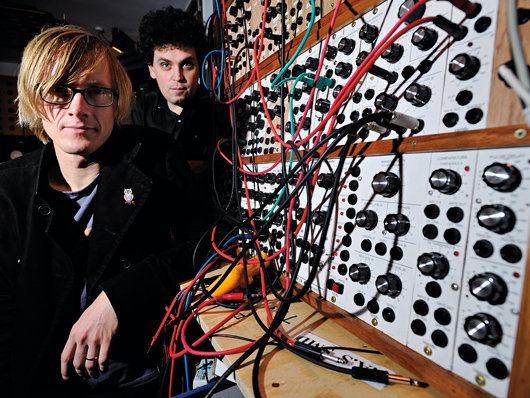
“I obviously collaborate a lot and I’m, thankfully, very busy and get offered to work with lots of different people, which I love. I think partly Jas getting sick and not being able to do SMD stuff to the same extent plus the pandemic and having a bit of space with that. Maybe just where I am in my life as well… I felt like I wanted to finish off some of the sketches instead of just leaving them as sketches. I also think having this studio in my house where I can try some ideas out in secret. There aren’t any studio assistants, engineers and I’m not on the clock. All those things facilitated me doing it for the first time… [laughs] although I have been questioning if it’s a midlife crisis!”
Do you work differently when you work alone?
“It’s a funny thing. One of the main reasons for it was that I wanted to challenge myself in a different way and consciously push myself out of my comfort zone a bit. So, singing, writing lyrics and putting myself out there is my most vulnerable, in a way that I tell other people to do all the time! So, it’s given me a fresh perspective on what I’m often asking other people to do. It might even make me more sensitive as a producer.”
A different side of the process...
“Yeah. There’s a part I really enjoyed. I’m very much a chords, melody and structure person. That’s the stuff I’ve always got excited about. Obviously, I’ve worked with a lot of people who are really good lyricists and I do often get involved in being a sounding-board for how the lyric lands or if something needs changed around in the song. But the idea of actually creating a lyric from scratch isn’t something I’ve ever really thought about that much so that definitely felt like I was opening a different kind of box in my brain.
“So, suddenly, I was noticing sentences and I was writing down lyrics in my phone like I’d seen other people I’ve worked with do. It’s like a fascinating jigsaw-puzzle and I really enjoyed that part of it, which I wasn’t really expecting. I’m itching to do more of it but, with me, the restriction is always time. Thankfully, I’m generally pretty busy so it’s a case of consciously carving out some time to just mess around again for a bit.”
With some serious kit at your disposal, what’s the central hub of your attic studio set-up?
“I’ve got an old ’60s Studer 169 desk that I use all the time, I mixed the last Arctic Monkeys stuff through that. I use it for stems then I’ll insert outboard over it. Beside that there’s a little Nagra tape-machine that also gets used quite a lot. Again, for running mixes through or slaps or just putting the drum-stems or strings through as it’s got a nice, smooth top-end. There’s a lovely-sounding Urei 1176, which I use with a 1073 copy as my main vocal chain.
“Above them is the Sequentix Cirklon 2, which is my MIDI hub that’s MIDI’d to everything else in the room. I’ve got a bunch of old pres, valve gates, a Pultec EQ, a couple of amazing Altec pres, like Motown. I have a drum-kit in the corner, and I use all these as my drum pres. I turn them on, feed the channels into Pro-Tools and I can record drums immediately.”
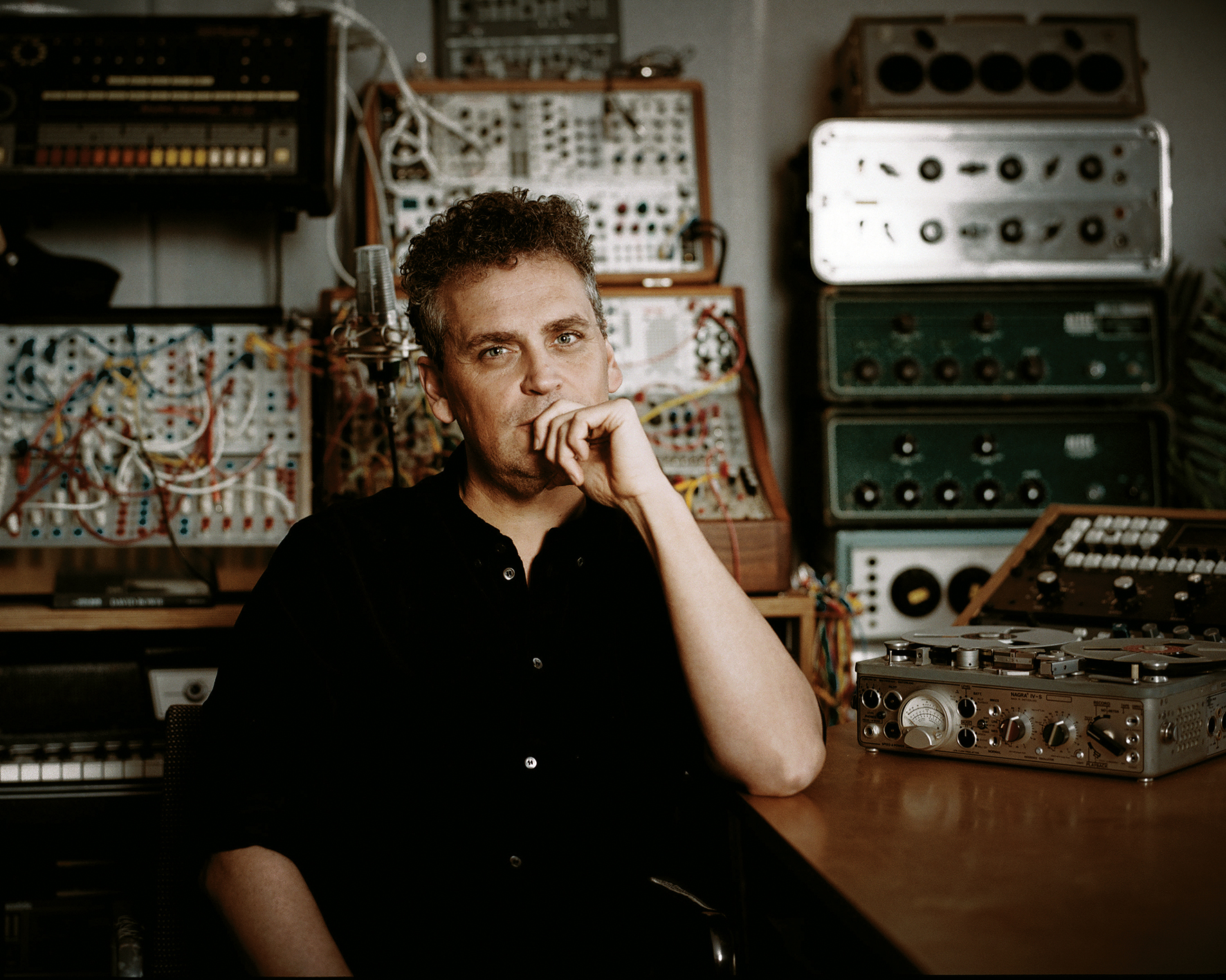
How do you decide what gear you want to start shaping an idea on?
“I’d say a lot of the time I started on the modular rig, I’ve got Serge stuff, which is what I tend to use the most as it just seems to get to an interesting place quite quickly. Me and Jas went pretty deep down the Eurorack hole, although I must admit, I’m coming out the other side of it now. All this Eurorack stuff doesn’t get turned on all that much. It’s like a ‘greatest hits’ of Eurorack modules; a lot of it is processing stuff like Mutable Instruments, which I use a little bit but not that often.”
What were your go-to synths for The Hum?
“My desert-island synth would be my ARP 2600. I use that on literally everything I ever do! I know my way around it so well and you can get everything from great bass and lead sounds to brilliant percussion and effects. They’re so versatile and with it being semi-modular you can get there really quickly. It’s all MIDI’d up into the Cirklon.
“I’ve got a Maxi-Korg, which was my first synth ever and I’ve had it since I was 14. It still sounds amazing to my ears. It’s got great filters although the way it works is slightly odd. I’ve been using my SH-101 quite a lot recently. It’s got Aphex mods on it so you can have it FM itself and feed it back on itself, which sounds really nice. I’ve got a couple of Oberheim Matrix racks that I use quite a lot. I’ve got them joined together with a controller, so you get like a stereo synth with them linked.”
There are certainly a lot of different directions you could take with some of this gear?
“I’ve got this bass clarinet. I learned flute when I was a kid, I’ve got a flute here too, so I bought the clarinet and had a go at it on the album. The fingering is a little similar to the flute and there were things I had to learn but I can play a melody on it so it’s fine.
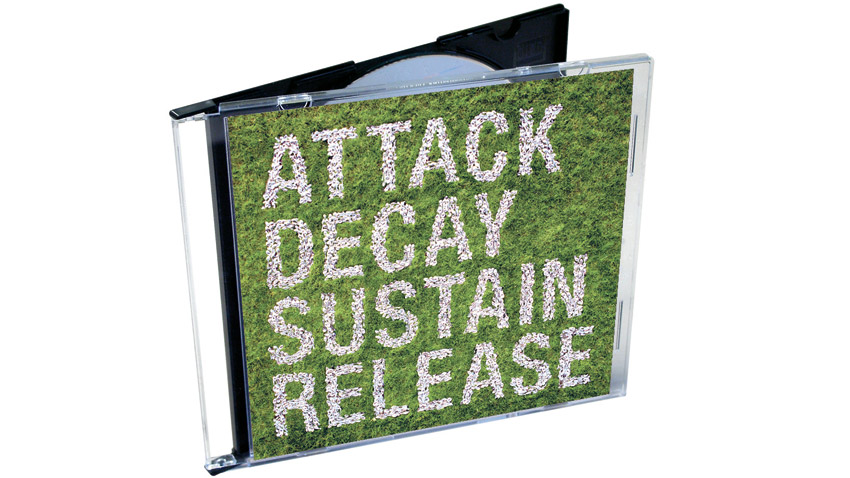
Classic album: Simian Mobile Disco on Attack Delay Sustain Release
“So, yeah, for this album it was a lot of fucking around in here. Sometimes I’d get something going on the Serge, record it then maybe play the drums over it. I was trying not to fuck around too much with what I recorded so I’d basically do a lot of first takes and do it as quick as I could, then leave it to one side before I got sick of it before coming back to them in a few weeks. The ones that still seemed interesting to me I’d then put a melody on or something like that.”
Was it difficult to separate James the artist from James the producer?
“Well, the way I tend to produce is that I tend to kind of pretend I’m in the band. I’m pretty hands-on so I tend to play quite a lot anyway. I think I’ve maybe overstepped the mark with that in the past, but I try to be sensitive to what people need in different situations.
“Really, being a producer, to me, is what it’s about. Filling in the gaps and doing what it takes to finish a record. Those last couple of Jessie Ware records I did with her; the music was all done up here. Sometimes it’s very much just like getting the vibe right or whatever or judging people’s personalities in the room and that kind of thing. So, there’s a very big sliding scale of what a producer is for me, which I love.”
It looks like you’ve put enough thought into your creative space that everything aids your flow?
“I think so. Going back to the gear, underneath the modular stuff I have a rack of delays. On this album I did a lot of the Karplus-strong type ringy delays with this Ursa Major Space Station, and I’m still a big fan of my Eventide H3000, and next to that I’ve got this weird Russian octaver/distortion/delay that’s almost like a Synthi Hi-fli.
It’s very fucking obvious, but a lot of people make brilliant records just on a laptop
“There’s a Roland tape‑echo that I love and a Mutron Bi-Phase that goes on practically everything! Over on my other side there’s an 8-track tape-machine that I often have on the patchbay through some master chain stuff and that allows me to hit record and have the drums going through the repro head of the tape-machine.
“Again, it’s like a ‘greatest hits’ of gear in here as it’s quite a small room so everything in here has got a value to me. It’s all things that I’ve acquired over the years. Some of it is new. The most recent purchase is an Akebono SK10 Koto synth. I also got a Therevox recently, which is an Ondes Martenot-type of keyboard. There’s a Philacorda organ and I’ve got a Leslie crammed in over there in the corner.”
Does your wife ever get to see you at all?
“[Laughs] She likes watching crime dramas, so I’ll pop up here and make some loops or something. Over on this back wall I’ve got two Revox tape-machines with tape going in-between them so that’s kind of like the Frippertronics thing. Basically, I’ve got a mixer over here and I record into the first tape-machine, the tape goes over into the second machine then I feed the output of that back into the first machine. I’ve got keyboards, effects and all sorts over beside the tape-machines so I’ll often, for my own entertainment, set some loops going and play into it with whatever comes to hand. I find it really relaxing.”
So now we know where the sumptuous Tape Loop #7 that kicks-off your album was created?
“I’ve always liked Harold Budd, Fripp and Eno and all those types of records so I suppose I was heading into that kind of zone. It’s really fun making the loops and I’ve got mountains of it on the computer… I don’t know whether I might put it on Bandcamp at some point.”
Seems almost superfluous to ask, but is there anything you’d like to add to the studio set-up?
“Not really… I think maybe similar to the Eurorack thing that I’m coming to the end of my gear acquisition syndrome. There are always things you’ll see and maybe a few things will come in or a few go out but realistically I’ve been down all those avenues, really! Also, it does sound ridiculous to say after me showing you around all this stuff, but it does come to a point where it’s just about you and not about the equipment. It’s very fucking obvious, but a lot of people make brilliant records just on a laptop.”
Is that something you’ve done yourself?
“Personally, I struggle with that. There was a phase when I was trying to do Ableton when I was travelling, and I do find it interesting with MaxMSP and those things but there’s just something about the physical interaction for me. I don’t know why that is but it just works better for me. Even with Pro-Tools I try and keep the editing to a minimum and try and use it as a tape-machine as much as possible.”
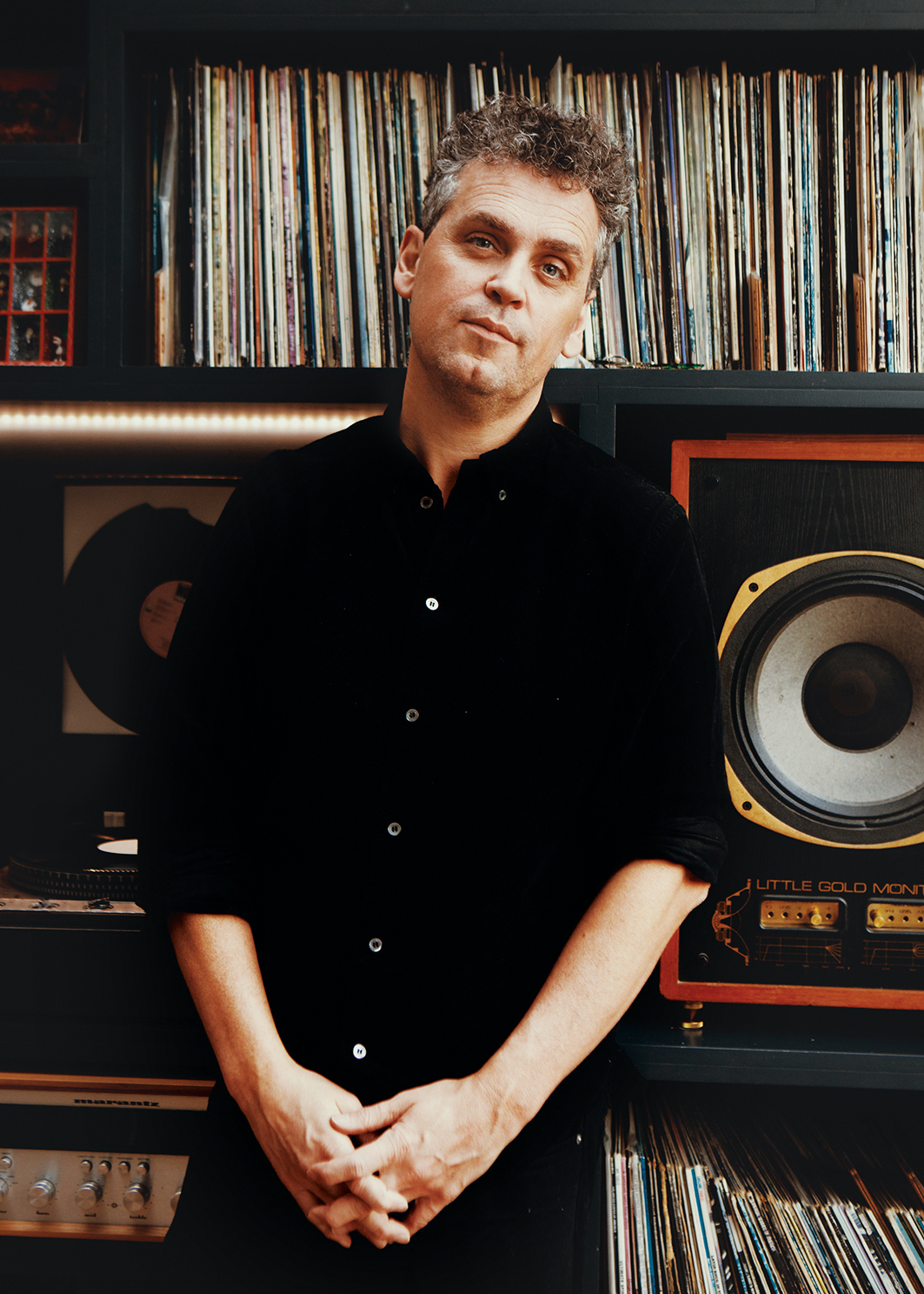
It’s certainly the most ‘tape-machine-like’ of all the DAWs, isn’t it?
“I think so, and it can still be frustrating as the MIDI’s a bit shit in it, so I tend to sync the Cirklon and do the MIDI again; the hardware. Maybe it’s different if you’re doing a string arrangement or something but for electronic music the hardware stuff gives you something back that you’re expecting. It feels like you’re in the room and it’s a relationship rather than you just telling a computer what to do.”
Is Pro-Tools the only software to be found on The Hum, then?
“I use Pro-Tools for everything. Like I say, I’m pretty handy on Ableton and it’s incredible for making a certain type of music. We used Ableton all the time in Simian Mobile Disco for MIDI-programming as it’s streets ahead of Pro-Tools for that, but I’m just really used to arranging and mixing in Pro-Tools and I could never particularly get my head around finishing a track in Ableton in the same way.
“Same with Logic. I feel like Logic is slap‑bang in the middle of the other two. It’s probably better in terms of MIDI and its samplers and tools but the way I use Pro-Tools is pretty old-school like a tape‑machine. I’m so used to it that I don’t even have to think about it.”
It’s ironic that music companies spent years developing gear to make pristine audio, yet now we’re chasing the clicks and pops vintage outboard gives us.
“Yeah, I spent all my time trying to make things sound worse, whatever worse means. With Pro-Tools there’s just too much information there. We’re used to hearing all those records where there’s so much harmonic distortion and the bandwidth is so limited and it’s sometimes hard to remember that as you’re going through. I think it’s sometimes annoying to reverse engineer that on a computer and it’s better to use the gear that does it automatically.
“Even something like the ARP 2600, part of what makes it so cool is not the oscillators, it’s the way it distorts. For me, most of the new synths haven’t quite got how cranky that old gear actually is. A lot of times I might use a UAD 1176 over this hardware one as it’s doing a job and it sounds cool. I think we’re getting to the point where in a couple of years, if not already, AI can just generate music, including vocals. The thing it still can’t do is be a human.
“For me, the records I love and the things that I love about those records is when you can hear the human in it. All the choices and little mistakes and things they did intentionally or unintentionally. The problem with something like Pro-Tools is that now you can fix and tweak and make anything perfect and you’re almost erasing yourself from the record. So, yeah, with my own album and as much as people will let me these days, I’ll try and leave it as loose as possible.”
Was it nice to be guardian of your own aesthetic whilst making The Hum?
“Yeah, it is nice to do what you want. It is a mixed bag as you’ve then got to pull the confidence from somewhere to know when it’s finished and that it’s good enough and all that stuff. No matter how many records I’ve made, that bit never gets easier. There comes a point where you have to let it go… Often with me, it’s a case of prying it out of people’s hands! When you’re on your own it’s really hard to let things go and the only way I could navigate through that was to move as quickly as possible.”
Did everything go onto The Hum, or can we hopefully expect more solo outings?
“Yeah, there’s piles of ‘stuff’. Like I said, my process is really sifting through the mountains of sketches and just finding the time to pursue a few of them. There are a few other things that are pretty near finished, and I’ve just done a couple of pretty big projects this year so I’m planning to try and have a freer rest of the year to do more of this stuff. That’s my intention, anyway.”


“A synthesizer that is both easy to use and fun to play whilst maintaining a decent degree of programming depth and flexibility”: PWM Mantis review
“Do you dare to ditch those ‘normal’ beats in favour of hands-on tweaking and extreme sounds? Of course, you do”: Sonicware CyDrums review










